Daughters of the Inquisition
Medieval Madness: Origins and Aftermath
Christina Crawford

P ART O NE
T HE G ODDESS : H ERSTORY
WomanSpirit Free
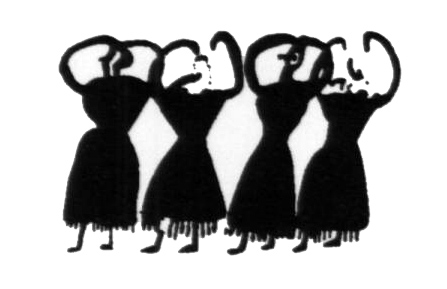

T HE A NCIENT N EOLITHIC W ESTERN W ORLD 8000 to 2500 BCE
I wish we could sit together around the fire and tell one another the story of WOMAN, recounting the ceremonies of reverence for our deity and us in Her Image.
I wish we could collectively hear the seasoned voices of our aunties, our grand-mothers and their grand-mothers through them, telling the age-old story of the love of woman, the love of life, the love our connection to the great mother Earth, from whence we come and into whose loving womb we will return when this journey is over, to be reborn again.
Herstory begins with birth and the mystery of initiation into the life of a devotee of the Goddess, the woman who became priestess: sacred incarnation of the Goddess; sacred sexuality; giver of law, grantor of justice; provider of abundance, creator of music and dance; sweet strands of harmony on winged strings; diviner, teller of the future, holder of fate; snake goddess of transformation; knower of secrets beyond time; foreteller of fortune, queen of death and rebirth; keeper of the eternal circle of life death and renewal. We would say that She is Silence, Wisdom, Ecstasy, Joy, Terror, Sun, Moon and Starlight, Holy Blood, Sacred Earth. We would tell the daughters legends of the mystery of all the plants and animals, also the beloved creatures of the Goddess. They would come to know that She is also the Huntress, the mighty Serpent, the Honey, the Bees who made it, and great Auroch Bull. She is the Cow Mother, the Daylight, and the Dark. She is forever who ever was and who will ever be.
We would arise from the fire and take our daughters into the mystery as our mothers before had done with us. Taking our daughters deep into the caves, washing them in the sacred springs, adorning their precious heads with wreaths of flowers and herbs, painting their lovely skin with blood-hued Goddess signs, recounting to them the age-old story that life is a transit, therefore, ecstasy is precious a life-affirming tribute to the great Goddess who is all life.
Women fasted and sang as they walked deeper and deeper into the great womb, the source, the life spring, the pulse, the blood, the beginning of all. Hand-in-hand they walked with their precious lifeblood daughters who were as beautiful as they were strong and loving, filled with joy and trust.
When they returned once again to daylight, these daughters were initiated. They belonged forevermore to the Mother Goddess, following in the footsteps of their own earthly mother and the mothers who came before they did. In full honor and glory, they took their places in the sacred temples. They became the young hearthfire keepers, graduated to being diviners with the help of the sacred snakes always held close. These new temple daughters divined for the people as countless others had done over the ages, imbibing of the sacred serpent nectar and achieved untold powers, needing no ramparts, no battlements, no weapons of sharp metal. The great Mother had given more than mortal minds could have ever conjured and provided eons of natural defense, because no one dared risk the vengeance of the diviners who knew about life, death, and the future forces across all time. In sacred SILENCE, the Wisdom of Sophia ruled supreme.
Who were these people? Where did they come from?
The people worshiping a female deity lived in Persia, Turkey (Anatolia), throughout the Middle East, the Mediterranean coastal areas and the Balkans (Old Europe), and into the islands beyond, now called Ireland and England.
They built houses, established permanent villages, and developed agriculture to ensure a stable food supply. Their trade routes flourished; they raised and domesticated animals, hunted and fished but were primarily vegetarians.
A new picture emerges of villages housing women, children, and the elderly with the men elsewhere tending herds, working fields or hunting and fishing. This would have been close to the model in nature which the people witness involving animals, particularly herd animals. Among grazers, leaders were females. Young males were permitted until puberty. Adult males were accepted only at mating time.
Adult women and men may not have lived together on a year-round basis. Perhaps this kept the peace. Perhaps this was the best model for delegation of responsibilities. But, as a result, women developed very different concepts about the cosmology of the world than did men.
The woman who lived in agricultural villages, which later became cities, developed a stable, communal, circular sense of time and social order with space for artistic endeavor because she had no need of self-defense. She was attuned to a natural cycle of birth, death and rebirth within the circular, lunar, cyclical sense of a time-space continuum which she chose as her attunement with the workings of the cosmos. She is earth centered, nurturing and believed in a personal attachment with the lunar planet.
These people who worshipped the female principle as deity believe She was the divine creatrix, the great mother, the goddess of all beginnings, the mother earth. Although she was called by a variety of different names, she was essentially the Goddess of all all people, plants, animals, heavens, water, earth. She was Life, Death, Regeneration. She was the basic organizing principle around which all life, culture, religion, and art revolved, evolved, and nurtured the people of her communities.
The man is nomadic, constantly changing territory. He is a herder, but he is also a fighter, a killer, a follower of men stronger than he, even accustomed to being seasonally homeless. His loyalty is to his leader, his horses, dogs, weapons, and probably to his male lover, because often he has no access to women. He is attuned to the light of day wherein he is relatively safe because the ever present danger is more visible to him. He views life as having a definite beginning and end, with a sense of finality. He is born of woman and often dies at the hands of other men. He is steeled to hardship and taught to overcome weakness. The sun is his best friend, even when harsh. It awakens his sense of being nurtured by the light, which warms him and lights his way as he tracks across the land with his herds. He comes to revere and depend on this solar light, which guides him in the cold, frightening vastlands.
The man knows death firsthand. He has hunted animals for food and clothing, killed his enemies to ensure his own survival. He understands the finality of killing and being killed. He has a natural sense of this linear path of life, a linear sense of time. Start to finish, life for him is a line of time, from birth to death, and death is the end. Because within his physical being he has no power of regeneration, no power of giving birth, no power of creating life, his linear view of the life process will translate into a linear conception of the spiritual process when he becomes the one in charge of developing religious systems. The two female and male develop very different outlooks on natural life.

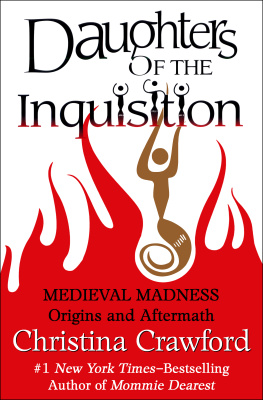


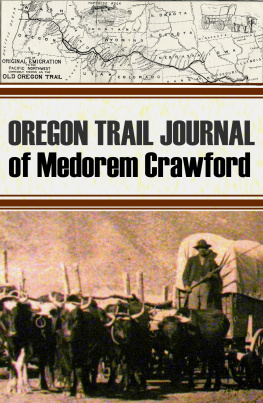
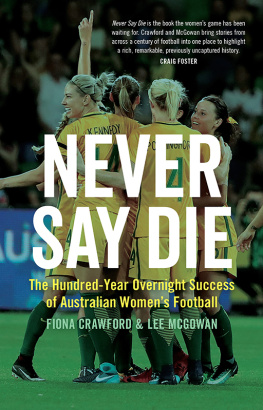
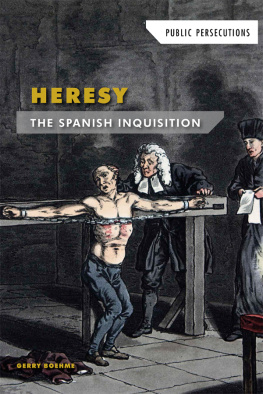

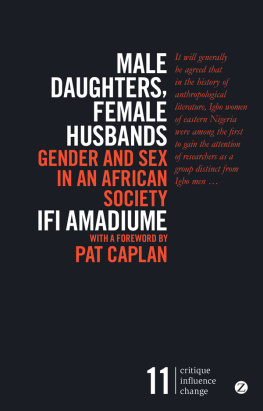
![Chris Crawford [Chris Crawford] - Chris Crawford on Game Design](/uploads/posts/book/119438/thumbs/chris-crawford-chris-crawford-chris-crawford-on.jpg)



